SPA And Salon Business Plan Samples
-
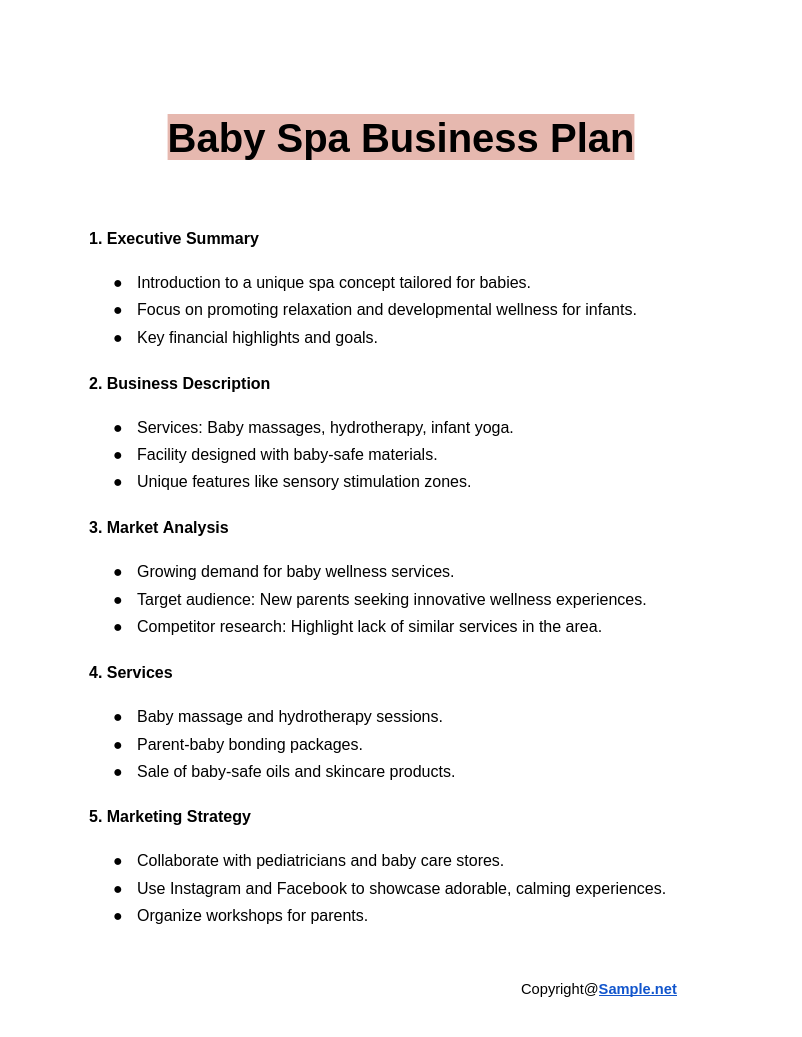
Baby Spa Business Plan
download now -
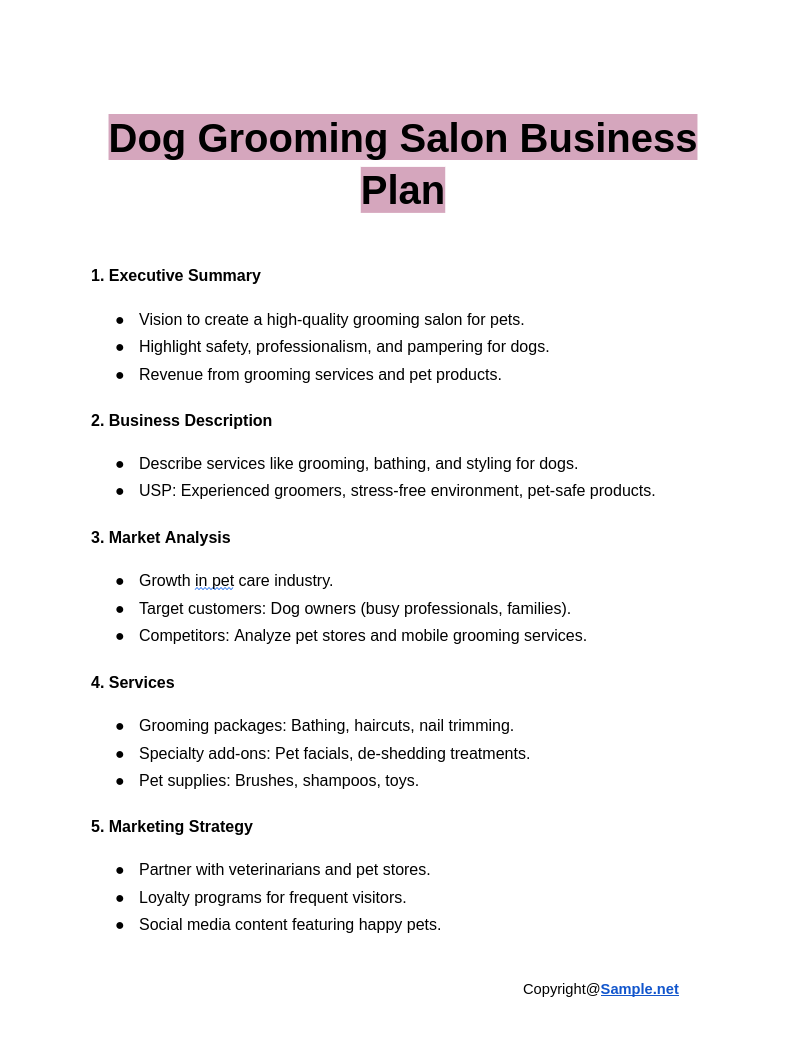
Dog Grooming Salon Business Plan
download now -
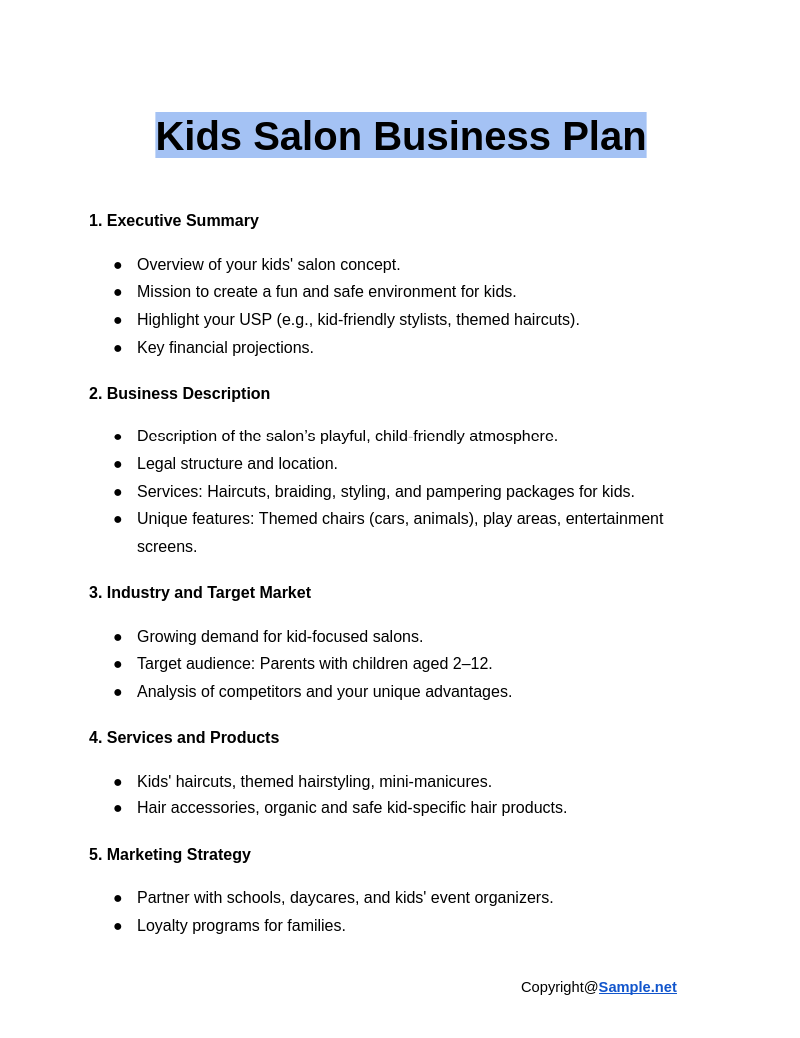
Kids Salon Business Plan
download now -
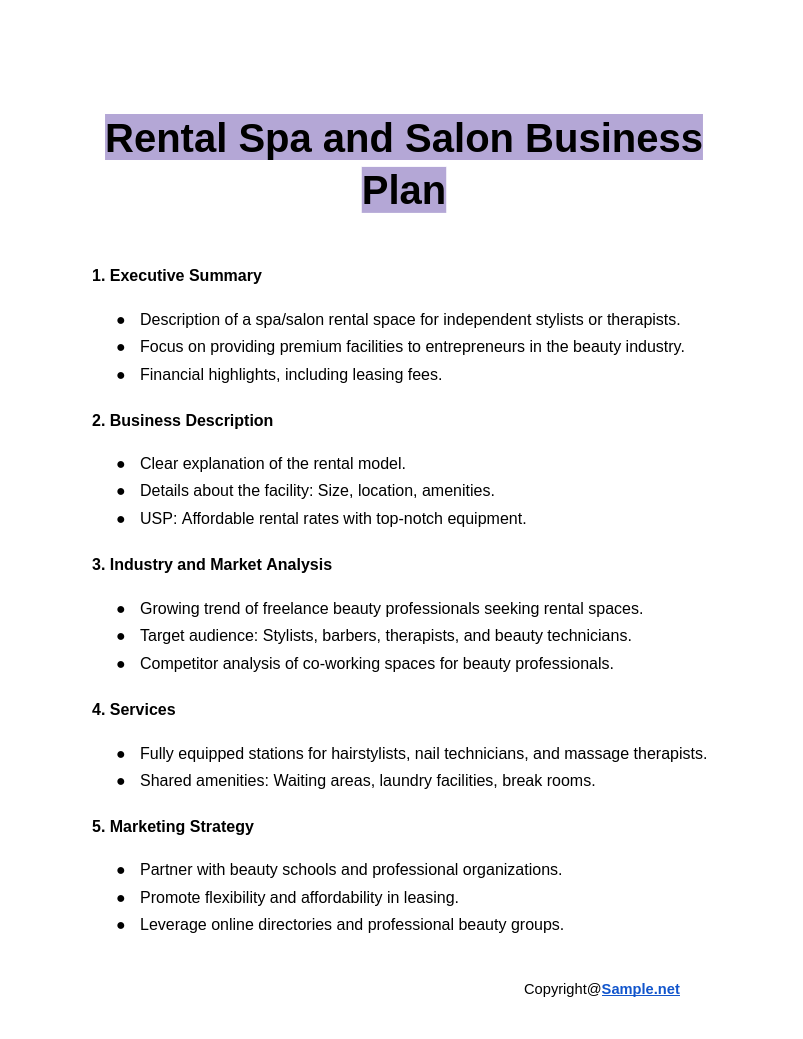
Rental Spa and Salon Business Plan
download now -
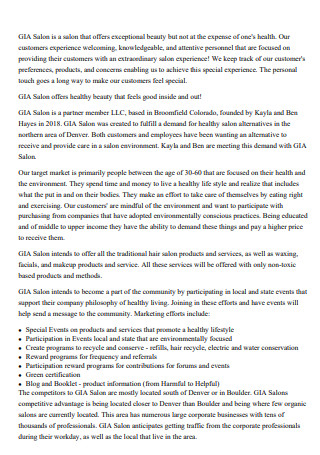
Salon Business Plan
download now -
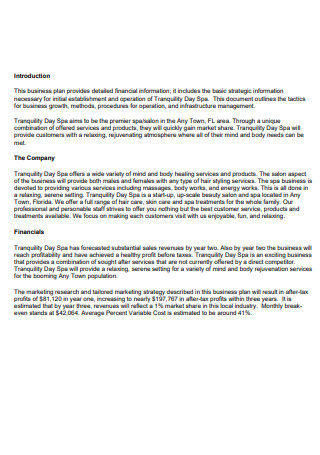
Tranquility Day Spa Business Plan
download now -

Day Spa Business Plan
download now -
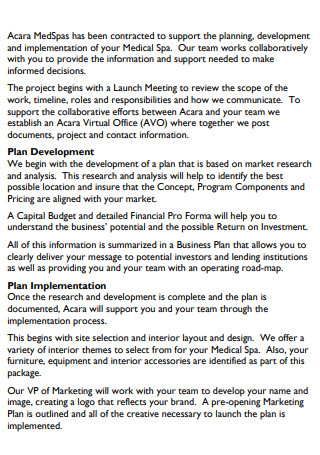
Medical Spa Business Plan
download now -
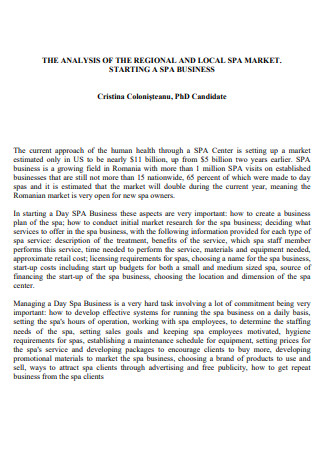
Local Spa Market Business Plan
download now -
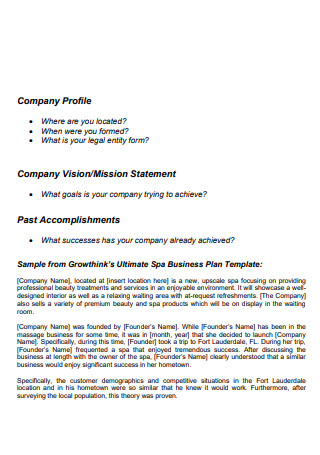
Ultimate Spa Business Plan
download now -
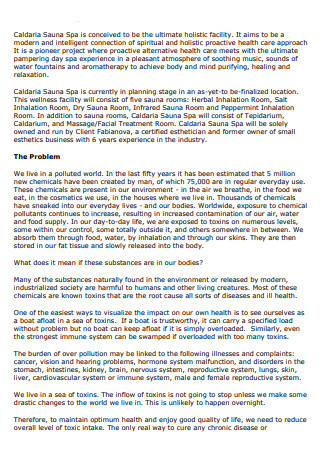
Spa Business Plan
download now -
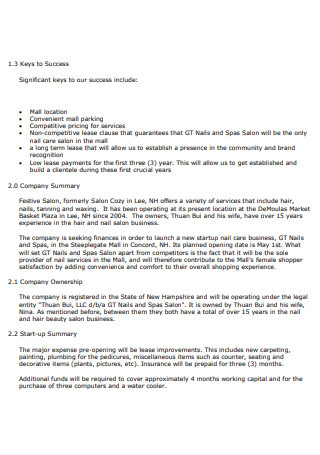
Spa Startup Business Plan
download now -
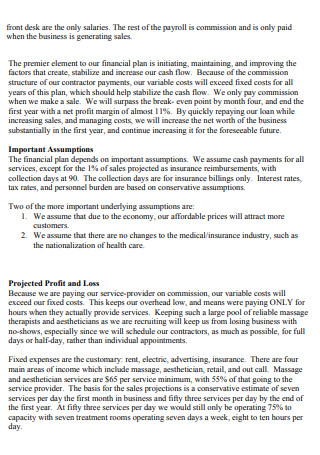
Platinum Day Spa and Salon Business Plan
download now -
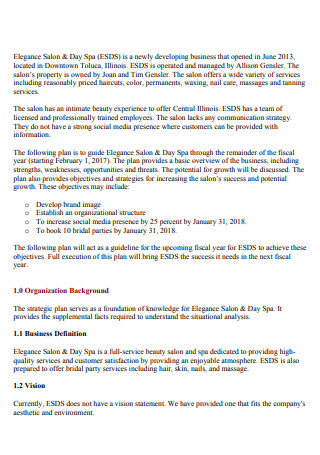
Spa Strategic Business Plan
download now -
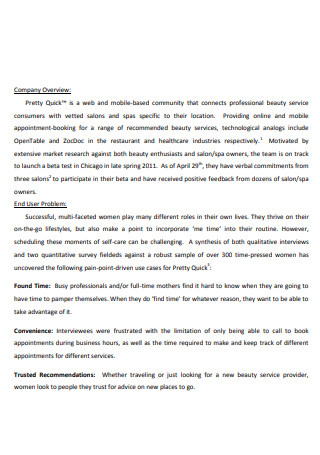
Spa Acquisition Business Plan
download now -
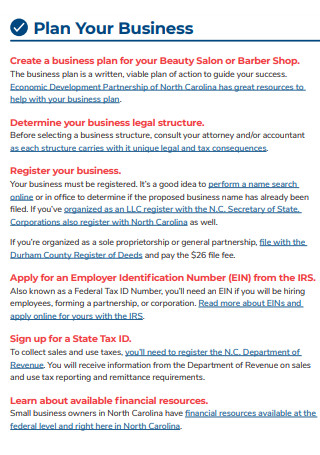
Salon Barber Nail Salon Business Plan
download now -
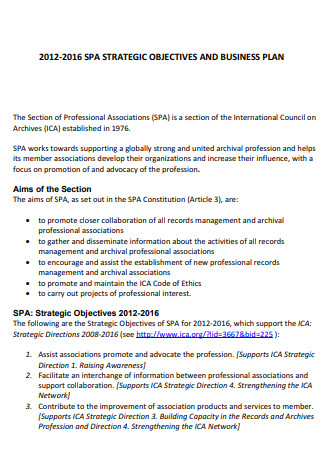
SPA Strategic and Business Plan
download now -
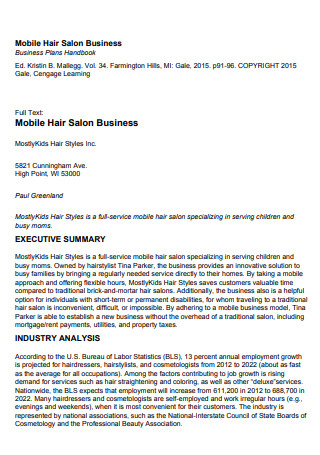
Mobile Hair Salon Business Plan
download now -
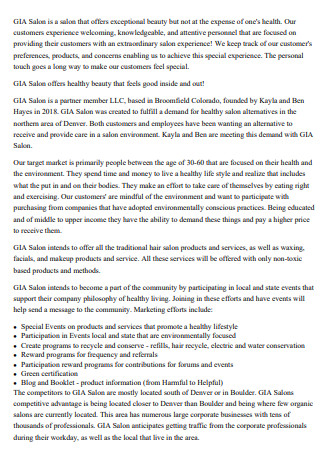
Sample Salon Business Plan
download now -
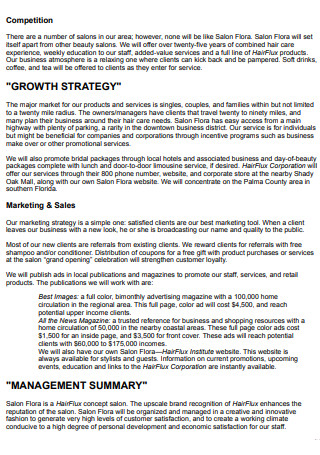
Beauty Salon Business Plan
download now -
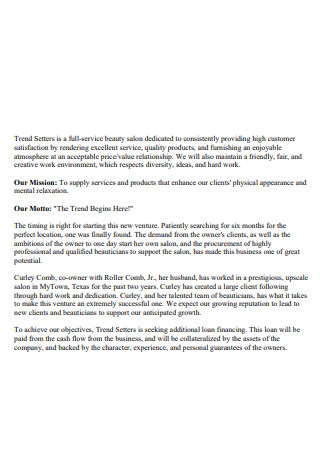
Hair Salon Business Plan
download now -
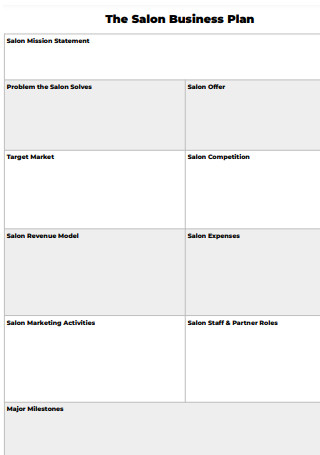
Salon Business Plan Example
download now -
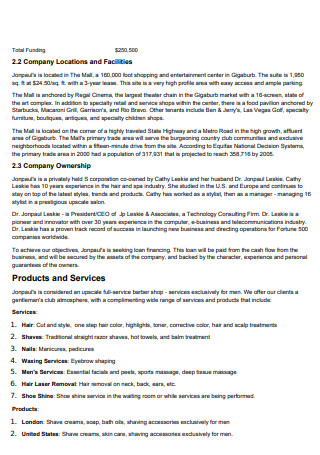
Mens Salon Business Plan
download now -
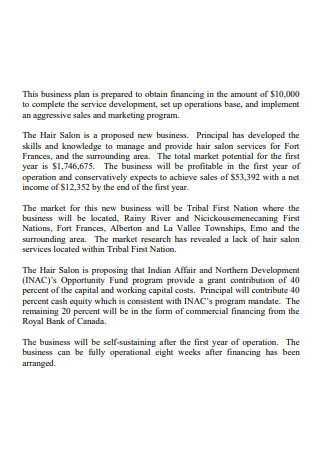
Hair Salon Business Plan Template
download now -
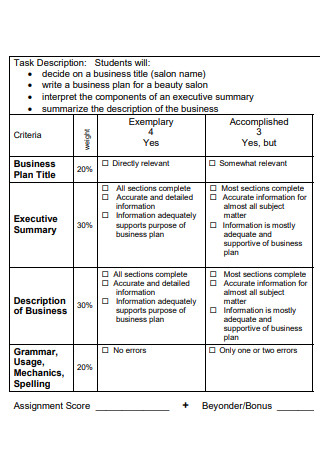
Rubric for a Salon Business Plan
download now
FREE SPA And Salon Business Plan s to Download
SPA And Salon Business Plan Format
SPA And Salon Business Plan Samples
What is a Spa and Salon Business Plan?
Purpose of a SPA and Salon Business Plan
How to Create a SPA and Salon Business Plan
FAQs
What kind of a business is a Spa and Salon business?
What are the different types of marketing campaigns I can use for my business?
How can my spa and salon business stand out from my competitors?
What financial aspects should I include in my business plan?
What role does branding play in a SPA and Salon Business Plan?
What are the risks of not having a business plan for a SPA or salon?
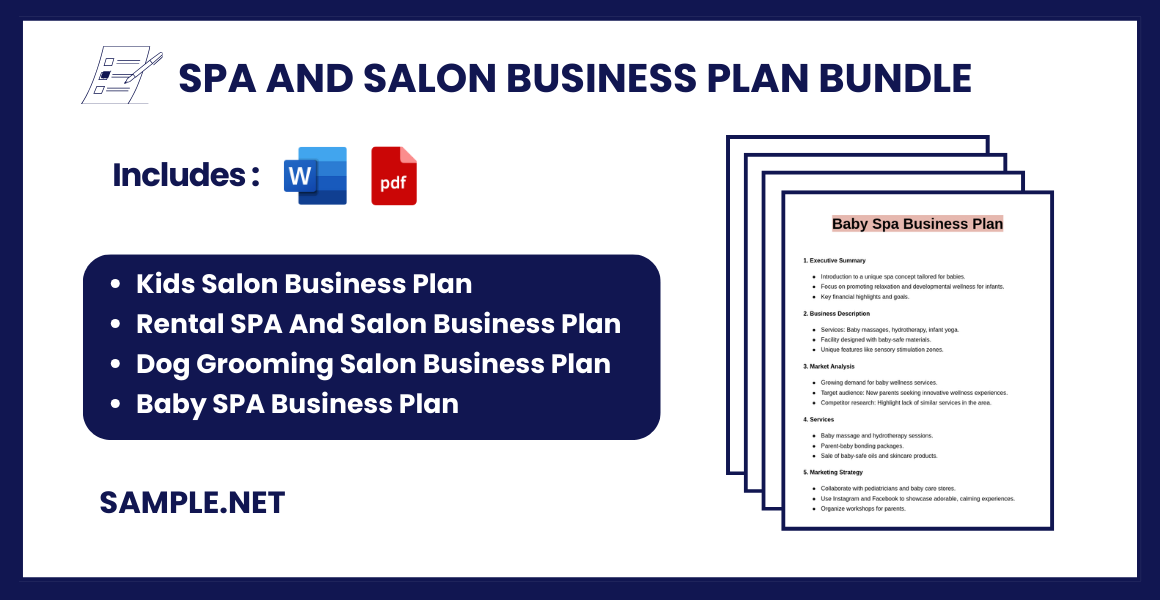
Download Spa and Salon Business Plan Bundle
SPA And Salon Business Plan Format
1. Executive Summary
- Brief introduction to your spa and salon business idea.
- Vision and mission statements.
- A summary of key objectives and goals.
- Overview of services and target market.
- Initial funding requirements and financial highlights.
2. Business Description
- Business Name: Include the name and tagline (if any).
- Legal Structure: State whether the business is a sole proprietorship, partnership, or LLC.
- Location and Facility Details: Describe the location and any specific design aspects of the facility.
- Unique Selling Proposition (USP): What sets your spa/salon apart from competitors (luxury services, organic products, etc.)?
3. Industry Analysis
- Overview of the beauty and wellness industry trends.
- Insights into the local market demand for spa and salon services.
- Competitive analysis: Highlight major competitors, their strengths, and gaps in the market you aim to fill.
4. Target Market Analysis
- Demographics: Age, gender, income level, and lifestyle preferences of your target customers.
- Psychographics: What motivates your customers? (e.g., relaxation, self-care, luxury experiences, affordability).
- Market Segmentation: Define customer categories (e.g., working professionals, brides, families, tourists).
5. Services and Products
- Core Services: (e.g., massages, facials, haircuts, styling, manicures, pedicures).
- Premium Services: (e.g., bridal packages, aromatherapy, body scrubs, spa retreats).
- Products Offered: (e.g., organic skincare, professional haircare).
- Description of service packages or memberships.
6. Marketing and Sales Strategy
- Branding and Positioning: How will your brand be perceived in the market?
- Marketing Channels:
- Online marketing: Social media, website, and email marketing.
- Offline marketing: Flyers, collaborations with local businesses.
- Loyalty programs: Rewards or discounts for returning customers.
- Sales Strategy: Include promotions, referrals, and partnerships with wedding planners or event organizers.
7. Operational Plan
- Day-to-Day Operations: Describe the customer experience from appointment booking to service completion.
- Facility Requirements: Layout of spa/salon and equipment needed.
- Technology Integration: Appointment scheduling systems, online payment, and customer databases.
- Staffing Plan: Number of employees, roles, and required training.
8. Financial Plan
- Start-Up Costs: Include rent, equipment, licenses, marketing, and initial inventory.
- Revenue Model: Pricing of services and products.
- Expense Projection: Monthly operational expenses.
- Profit and Loss Statement: Expected revenue and profit margins over a specific period.
- Break-Even Analysis: Estimate how long it will take to recover start-up costs.
9. Management Team
- Owner/Founder Background: Experience, skills, and expertise.
- Key Team Members: Outline roles like stylists, therapists, and marketing personnel.
- Organizational Chart: A simple structure of staff hierarchy.
10. Legal and Licensing Requirements
- List permits, certifications, and licenses required to operate in your location.
- Compliance with health and safety regulations.
11. Growth Plan
- Future Expansion Goals: Add new locations, new services, or franchise options.
- Trends to Leverage: Incorporating innovative services like medi-spa or wellness programs.
- Strategic Partnerships: Collaboration with hotels, fitness centers, or other related industries.
12. Appendices
- Include additional supporting documents:
- Service price list.
- Sample marketing materials.
- Floor plan of the facility.
- Detailed financial forecasts and charts.
What is a Spa and Salon Business Plan?
A SPA and Salon Business Plan is a strategic document that details your business goals, market analysis, operational strategies, and financial projections. It serves as a roadmap for starting or expanding your business, helping you anticipate challenges and opportunities. The plan ensures that your SPA or salon operates efficiently, meets client expectations, and stays competitive in the beauty industry. Additionally, it is crucial for securing loans or attracting investors. You can also see more on Barber Shop Business Plan.
Purpose of a SPA and Salon Business Plan

1. Defining Business Objectives
The plan provides clarity on short-term and long-term goals, such as opening locations, offering unique services, or achieving revenue targets. It keeps the business aligned with its vision and purpose, ensuring steady progress. Clear objectives help streamline decision-making and measure success effectively. You can also see more on Boutique Business Plan.
2. Understanding Market Trends
Conducting market research as part of the plan helps identify industry trends, customer preferences, and competitors. It allows you to stay ahead in offering modern services, adopting the latest technologies, and addressing client demands. This knowledge enhances your competitive edge in the beauty market.
3. Attracting Investors and Securing Funding
A professionally crafted business plan demonstrates your understanding of the industry, financial stability, and growth potential. It helps persuade investors or banks to fund your business. Detailed financial projections and strategies for growth build confidence among stakeholders.
4. Streamlining Operations
A business plan outlines operational details like staffing, service offerings, supplier relationships, and marketing strategies. This ensures that your SPA or salon runs smoothly and meets customer expectations consistently. Efficient operations are key to client satisfaction and profitability. You can also see more on Service Marketing Plan.
5. Ensuring Sustainability and Growth
The plan includes strategies for scaling the business, such as expanding services, opening new locations, or introducing memberships. It also addresses potential risks and contingency plans. A focus on sustainability ensures the longevity of your SPA or salon in a competitive market.
How to Create a SPA and Salon Business Plan
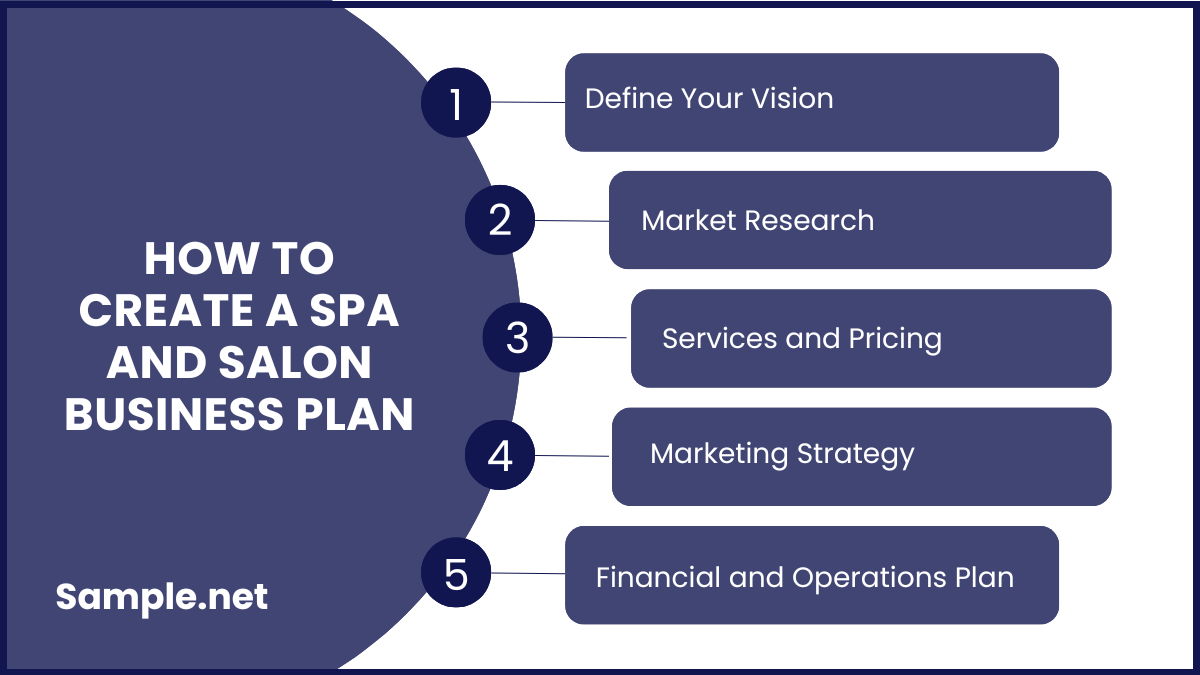
Step 1: Outline Your Business Vision
Start by defining your mission, vision, and values. Describe what makes your SPA or salon unique and the kind of experience you want clients to have. Include information about your target audience, such as demographics, preferences, and spending habits. This step lays the foundation for the rest of the plan, ensuring every element aligns with your vision. You can also see more on Healthcare Business Plan.
Step 2: Conduct Market Research
Research your competitors, industry trends, and client needs to identify opportunities and challenges. Understand the local demand for services like massages, hair treatments, or skincare. Use this information to position your SPA or salon as a preferred choice. Market research ensures you offer relevant services and remain competitive.
Step 3: Detail Your Services and Pricing
List all services you plan to offer, such as facials, haircuts, massages, or nail care. For each service, outline pricing, target clients, and unique features. Explain why your services stand out, whether through personalized care, eco-friendly products, or innovative techniques. A clear service menu attracts and retains clients. You can also see more on Coaching Business Plan.
Step 4: Create a Marketing and Branding Strategy
Develop a strategy to promote your business through online and offline channels. Include plans for social media campaigns, loyalty programs, local partnerships, and events. Emphasize how branding elements like logo, theme, and customer experience will create a memorable impression. Effective marketing builds brand awareness and drives foot traffic.
Step 5: Plan Financial and Operational Details
Include startup costs, operational expenses, and revenue projections. Break down costs for rent, equipment, staff, and supplies. Detail how you’ll manage daily operations, from staffing schedules to client bookings. Financial planning and operational clarity are crucial for sustainable growth and investor confidence. You can also see more on Business Sales Plan.
FAQs
What kind of a business is a Spa and Salon business?
The North American Industry Classification System, or NAICS, categorizes spa and salon business under personal care services. In particular, a spa and salon business is a combined business offering both spa and salon services in one establishment.
What are the different types of marketing campaigns I can use for my business?
There are lots of different marketing campaigns out there, but it really depends on who is your target customer market. After you have identified who your target market is, identify which marketing campaign is effective in reaching them the most. Some of the different marketing campaigns to choose from are email campaigns, social media campaigns, ad campaigns, contest campaigns, and product launch campaigns. You can also see more on 5 Year Business Plan.
How can my spa and salon business stand out from my competitors?
Be unique. Focus on your target market. Identify what their needs and wants are whenever they think about a spa and salon. Create your products and services around those needs and wants. Create a visually appealing logo. Create a brand that reflects your goals.
What financial aspects should I include in my business plan?
Include startup costs, operational expenses, revenue projections, and profit margins. Highlight costs for rent, equipment, staff salaries, and marketing. Providing a clear financial strategy demonstrates sustainability and attracts investors or lenders.
What role does branding play in a SPA and Salon Business Plan?
Branding is crucial for creating a memorable identity that attracts and retains clients. Your logo, color scheme, and customer experience should reflect your business values. A strong brand builds trust, loyalty, and recognition in the beauty industry.
What are the risks of not having a business plan for a SPA or salon?
Without a business plan, you may face unclear goals, poor financial management, and ineffective operations. It can also result in missed opportunities and difficulty attracting clients or investors. A plan ensures stability and growth. You can also see more on Executive Business Plan.
